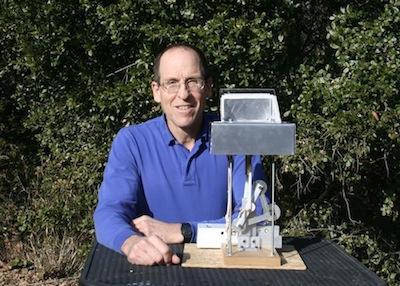Motion Control in Packaging: 11 Tips for Improvement
July 10, 2015

Packaging lines, whether being designed for Greenfield installs or Brownfield expansions, can take advantage of the many technical innovations being made in the areas of motion control, software communications platform integration, safety, remote connectivity, washdown rating, or international standards compliance and modularity. The burgeoning market for American-built equipment in the emerging and traditional offshore markets, plus a continued strong domestic business climate, are driving the development of more advanced technologies and flexibility in design of such equipment and systems.
In this article, the author details some recent technology developments in packaging machine and line motion control, offering 11 areas for both end user line improvements and expanded capabilities for the machine OEM, as follows:
1. A new decentralized drive technology offered today consists of a drive mounted directly over the motor. This technology significantly reduces the amount of cabling required, plus conserves control cabinet space, cooling costs, and related energy efficiencies. Quick connects and a common DC bus further enhance the effectiveness and field performance of this decentralized drive concept. Also, since there is just one cable per motor, it also eliminates the need for a separate communication cable. This is just an integral part of "Hybrid Cable technology" now on the market.

2. The incorporation of EtherNet I/P interface into the drive to permit online communication with other brands of equipment. This development has significant advantages in a brownfield line expansion/upgrade with legacy controls or when new equipment that utilizes various brands of motion control components is being incorporated by an end user or system integrator. Through a regular Ethernet/IP cable connection, other communication languages can be routed to the drive system components and motion controller, thereby providing huge capital savings and time savings. In short, it gives the end user and OEM a flexibility to choose the best control components. From the software perspective, the heterogeneous automation environment of the past was a significant engineering challenge and financial roadblock, but not anymore.

3. Advancements in the "safety wall" for packaging machine builders, whereby a safety PLC, hardware and software, plus features such as safety integrated into the drives, provide an effective double safety scenario. The days of the mandatory keyswitch lockouts and intense engineering of the line safety have given way to the fail-safe controller, with safety functions integrated on the drive, while closed-loop position control of the drive remains fully active. This means faster restart of the line, as setup functions can be performed with the protective covers and guards open, so you get shorter downtimes, less wasted product, and a resulting higher level of productivity, all in a totally safe environment that protects operators and machinery alike.
MORE FROM DESIGN NEWS: Today's AC Servo Systems Are Smarter and Faster
4. New motion controller technology, ranging from 1-128 axis capacity, with just two form factors, that is, motion control and a PLC functionality in one hardware package, is getting accepted widely in the industry. Having a single software platform and the same programmability to configure from one axis to 128 axes adds an extra advantage both on cost saving and engineering time. This development is emerging in tandem with enhanced communication protocols from machine-to-machine or up to a full Manufacturing Execution System (MES) network. The result is faster construction, commissioning, and line integration. Also, having an integrated web server inside the controller helps troubleshooting, which can be anywhere from basic to advanced. Operator control, maintenance, and diagnostics data are standardized, while the data links to the master mainframe or IT system are simplified.
5. Motor advancements, including field replaceable encoders plus plug-and-play technology and quick-connect technology, have changed the landscape in both machine building and line maintenance. As an example, high-performance, energy-efficient AC servo motors, coupled with a drive component, are being offered as a package and manufacturers are today making more software tools available for motor size selection, drives pairing, and communications hardware options. Likewise, servo, torque, and linear motors are all available with a quick identification device to make line integration a one-click operation.

About the Author(s)
You May Also Like





